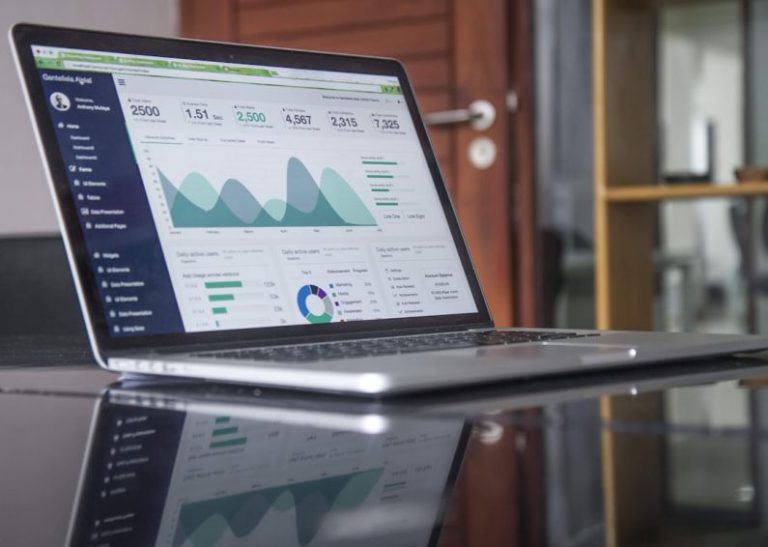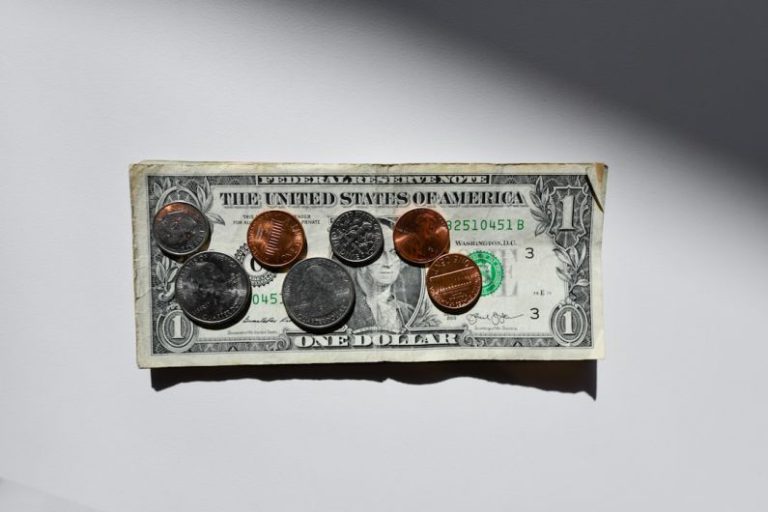What’s the Impact of Inflation on Your Savings?
Inflation is a phenomenon that affects every aspect of our lives, including our savings. Understanding the impact of inflation on your savings is crucial for making informed financial decisions. Let’s delve into how inflation can erode the value of your savings over time and what you can do to mitigate its effects.
The Basics of Inflation
Inflation is the rate at which the general level of prices for goods and services rises, leading to a decrease in purchasing power. When inflation occurs, each dollar buys less than it did before, meaning that your money’s real value diminishes. Inflation is influenced by various factors, such as supply and demand dynamics, government policies, and economic conditions.
Inflation and Your Savings
The impact of inflation on your savings is twofold: it reduces the purchasing power of your money and can erode the real value of your savings over time. For example, if the inflation rate is 3% per year and your savings account earns an interest rate of 1%, your money is effectively losing value at a rate of 2% annually. This means that the money you have saved will buy less in the future than it does today.
Strategies to Protect Your Savings
Despite the negative impact of inflation on savings, there are strategies you can employ to protect your money and ensure that it retains its value over time. Here are some tips to consider:
Diversify Your Investments: Investing in a diverse range of assets can help mitigate the effects of inflation on your savings. Consider allocating your savings into a mix of stocks, bonds, real estate, and commodities to hedge against inflation risk.
Invest in Inflation-Protected Securities: Treasury Inflation-Protected Securities (TIPS) are government bonds designed to protect investors against inflation. The principal value of TIPS adjusts with inflation, ensuring that your investment keeps pace with rising prices.
Consider High-Yield Savings Accounts: High-yield savings accounts offer higher interest rates than traditional savings accounts, allowing your money to grow at a faster rate. While these accounts may not fully offset inflation, they can help preserve the value of your savings to some extent.
Invest in Real Assets: Real assets like gold, real estate, and commodities tend to retain their value during periods of high inflation. Consider diversifying your portfolio with these assets to safeguard your savings against inflationary pressures.
Review and Adjust Your Savings Plan Regularly: Inflation rates can fluctuate over time, impacting the real value of your savings. It’s essential to review your savings plan periodically and make adjustments as needed to ensure that your money is working effectively for you.
Inflation’s Long-Term Impact
Over the long term, inflation can significantly diminish the purchasing power of your savings. For example, if you save $100,000 today and the inflation rate averages 2% per year, in 20 years, that $100,000 will have the purchasing power equivalent to roughly $67,000 in today’s dollars. This highlights the importance of taking proactive steps to protect your savings from the erosive effects of inflation.
Conclusion: Safeguarding Your Savings Against Inflation
Inflation poses a real threat to the value of your savings, but by understanding its impact and implementing sound financial strategies, you can mitigate its effects and safeguard your money for the future. Diversifying your investments, investing in inflation-protected securities, considering high-yield savings accounts, and reviewing your savings plan regularly are key steps to protect your savings from inflationary pressures. By taking a proactive approach to managing your savings, you can ensure that your hard-earned money retains its value and serves your financial goals effectively.






